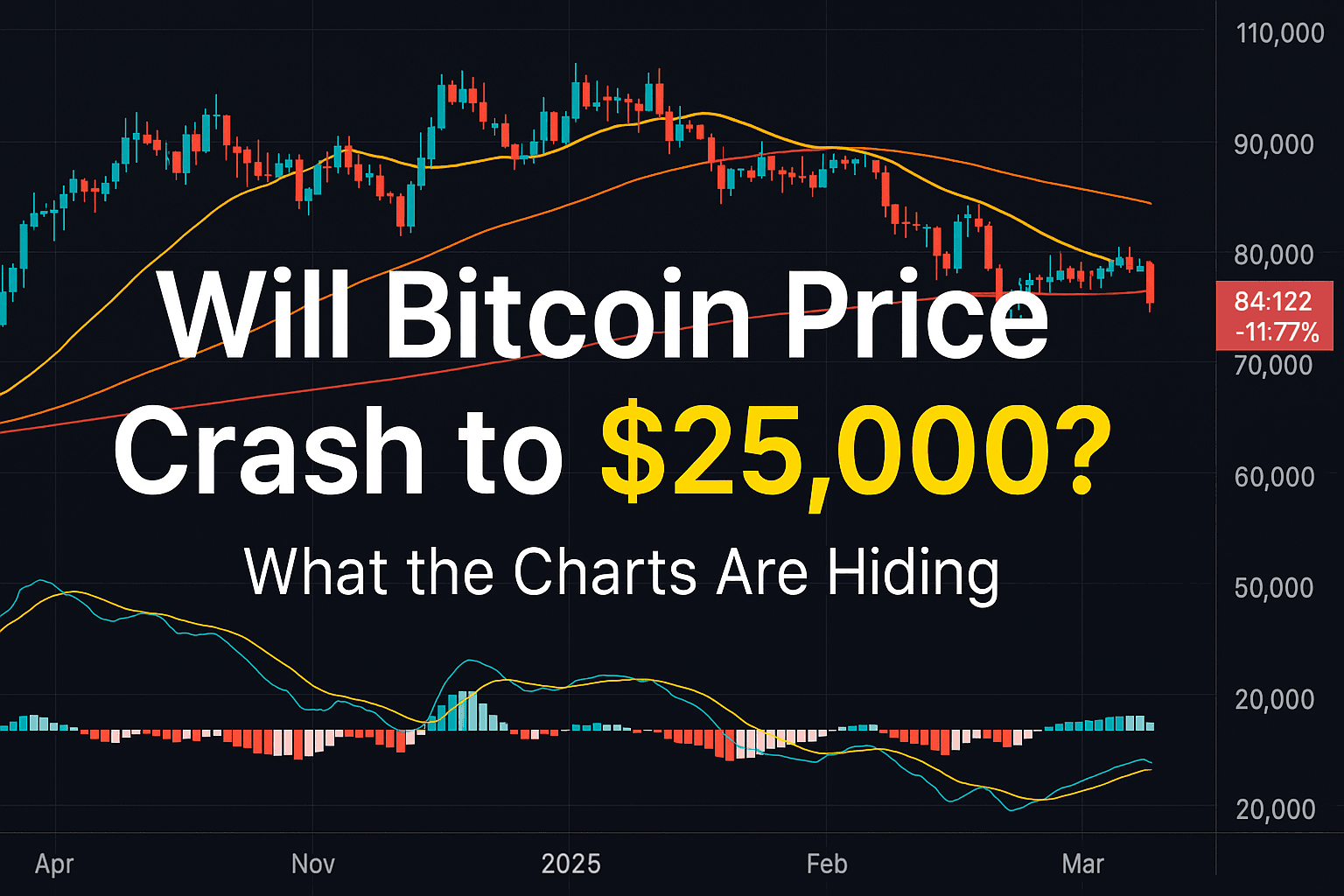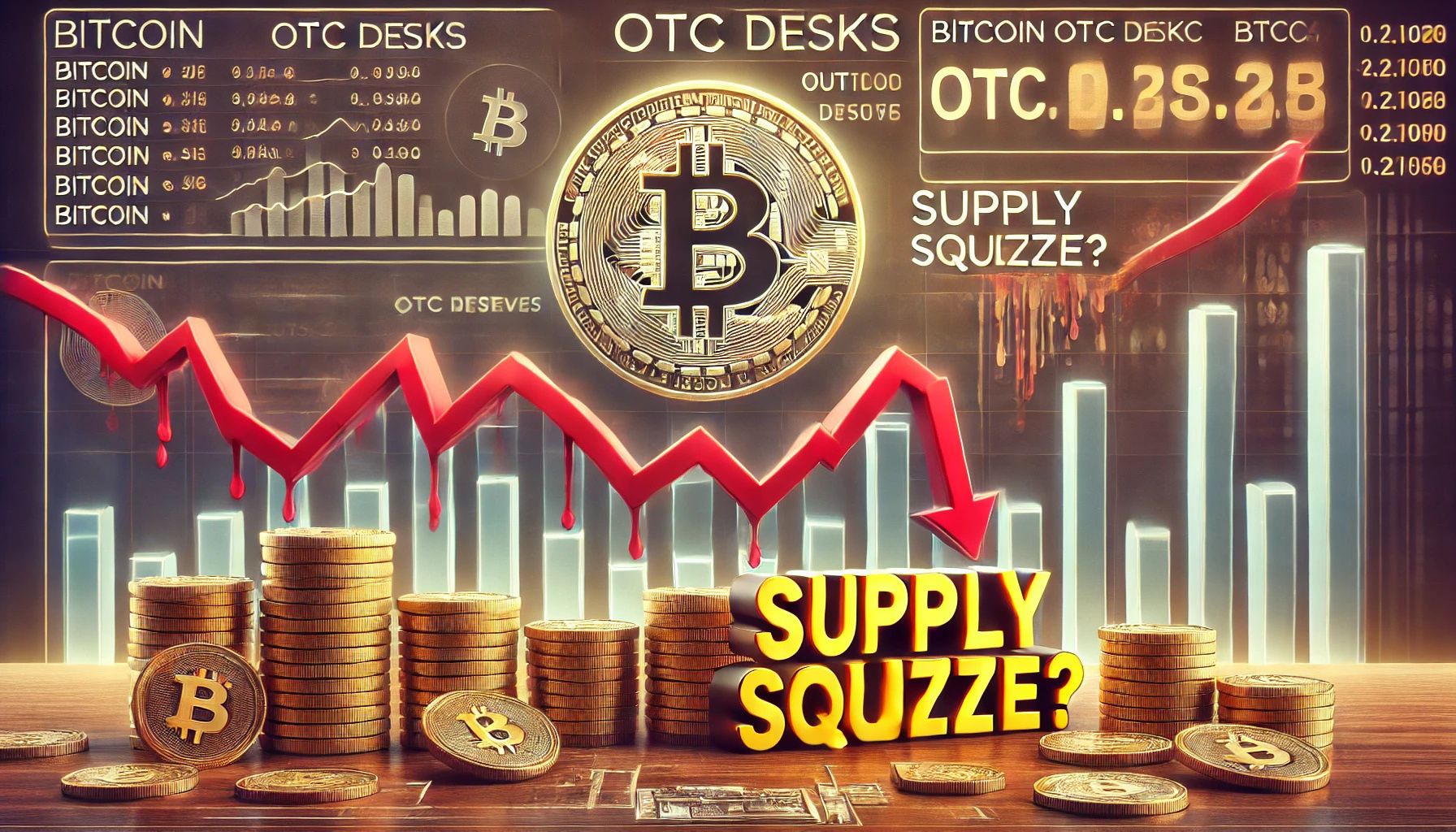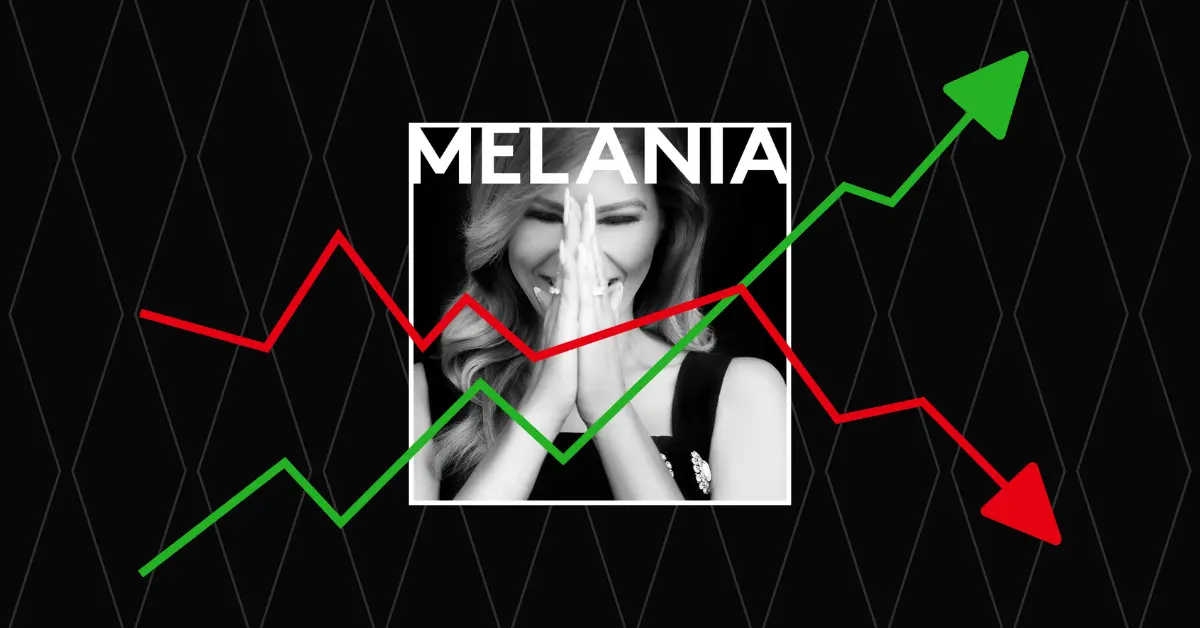The Declining Appeal of Ethereum (ETH) as an Investment: Greedy Layer-2s Siphoning Value and Excessive Token Creation
In a recent post on the Ethereum subreddit, Castle Island Ventures partner Nic Carter shed light on the current state of Ethereum (ETH) as an investment, attributing its declining appeal to two major factors: the drain of value from the main network by layer-2 solutions and the social consensus that excessive token creation is acceptable.
Value Drain by Layer-2 Solutions
According to Carter, the emergence of layer-2 (L2) scaling solutions, such as Optimistic Rollups and Zero-Knowledge Rollups, has led to a significant value drain from the Ethereum L1. These L2s offer faster and cheaper transactions, making them increasingly attractive to users and developers. As a result, the Ethereum L1 has seen a decrease in usage and transaction fees, which in turn has affected the network’s revenue.
Moreover, the shift to L2s has also led to a decrease in demand for ETH as a means of paying for transaction fees. This, in turn, has negatively impacted the price of ETH. Carter explains that, “The Ethereum network’s primary source of revenue is transaction fees, and as those fees decrease, the price of ETH follows.”
Excessive Token Creation
The second factor contributing to Ethereum’s declining appeal as an investment is the social consensus that excessive token creation is acceptable. With the ease of creating new tokens on the Ethereum network, the market has become saturated with new projects, many of which lack substance and value.
Carter argues that this excessive token creation dilutes the value of existing tokens, including ETH. He explains that, “The more tokens there are, the less valuable each one becomes. This is known as token inflation, and it’s a significant problem for Ethereum investors.”
Effect on Individuals
For individual investors, the declining appeal of Ethereum as an investment could mean lower returns on their investment or even losses. As the value of ETH decreases, so too does the value of any investments tied to it. Additionally, the proliferation of new, often worthless, tokens can lead to confusion and misplaced investments.
Effect on the World
At a larger scale, the decline in Ethereum’s appeal as an investment could have ripple effects on the broader crypto market and the world at large. Carter notes that Ethereum is more than just a cryptocurrency; it’s a platform for building decentralized applications (dApps) and a foundation for the decentralized finance (DeFi) sector. A weakened Ethereum could lead to a slowdown in innovation and progress in these areas.
Conclusion
In conclusion, the declining appeal of Ethereum as an investment can be attributed to two major factors: the drain of value from the main network by layer-2 solutions and the social consensus that excessive token creation is acceptable. These factors have negatively impacted the price of ETH and the overall value of the Ethereum network. For individual investors, this could mean lower returns or even losses. At a larger scale, the decline in Ethereum’s appeal could slow down innovation and progress in the decentralized applications and decentralized finance sectors.
However, it’s important to remember that the crypto market is volatile and constantly evolving. While these challenges may present obstacles, they also present opportunities for innovation and growth. As always, it’s crucial for investors to do their due diligence and stay informed about the latest developments in the crypto space.
- Ethereum’s declining appeal as an investment is due to two major factors: value drain by layer-2 solutions and excessive token creation
- Value drain by layer-2s leads to decreased usage and transaction fees on the Ethereum L1, negatively impacting ETH price
- Excessive token creation dilutes the value of existing tokens, including ETH
- Individual investors could face lower returns or losses
- Decline in Ethereum’s appeal could slow down innovation and progress in decentralized applications and decentralized finance sectors





